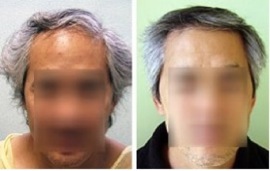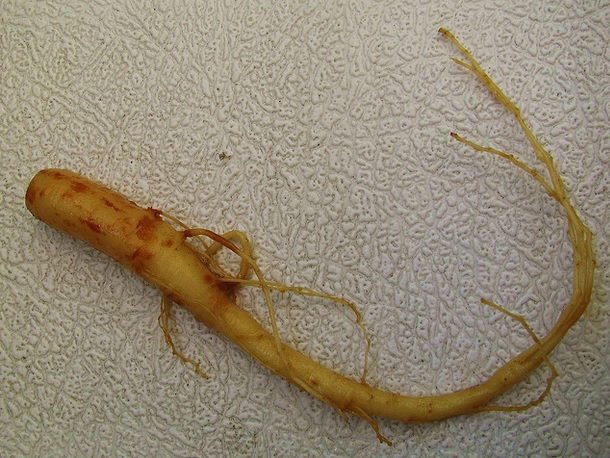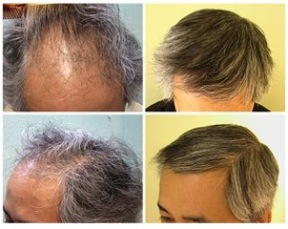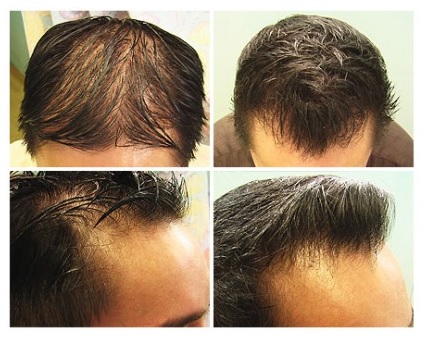
ASIAN HAIR LOSS REMEDIES
From culture to culture, hair types tend to be different and have specific care regimens. Asian cultures have historically tended toward using holistic herbal remedies to restore vigor to the hair. One such remedy that has earned popularity is Ginseng.

However, in many cases, the loss of hair requires more extreme measures. Different types of hair transplant can be found throughout the Orient. Japan even created a popular brand of synthetic hair for surgical implantation called NIDO (though this practice is banned in the U.S. by the FDA).
Safer and more effective long-term is the Asian-accommodating FUE hair transplant. In the hands of a reliable surgeon, no other method will bear comparable results.
Asian FUE Hair Transplant—SPECIFIC DEMANDS ON FUE HAIR TRANSPLANT
Transplanting Asian hair can be slightly tricky. Due to the fact that
- Asian people naturally grow the thickest scalp follicles of all ethnic groups, their hair has a somewhat false illusion of fullness. The hair appears dense and plentiful, however, if the need for surgery arises, their fewer hairs per square centimeter poses a problem.
- The hair caliber of Asians is the thickest of all racial groups. This means transplanted hairlines in Asians tends to look harsh and fake. This poses a problem. Dr U solves this problem by using advanced UGraft FUE to selectively extract finer hairs from the nape and peria-uricular areas to use in the very front of the hairline so as to give a softer natural look. Read about Dr U’s groundbreaking publication on the use of finer nape and peri-auricualr hair in creating softer more natural looking hairlines.
ADVANTAGES OF FUE HAIR TRANSPLANTATION IN ASIAN PATIENTS
FUE hair transplant is the most effective hair transplant method. This is for three main reasons:
- The thick, straight follicle is the most ideal to be harvested through follicular unit extraction. This unique disposition creates lower transection rates and higher graft survival during surgery.


With follicular unit extraction, the harvesting of donor hair happens one follicular unit at a time. This means no strip of flesh is excised, which also means that the individually-harvested donors can be taken from places other than the mid-posterior scalp. This is pivotal in Asian FUE hair replacement, because the mid-posterior scalp is where hair grows thickest amongst all races. Thus, on an Asian patient, the outcome of, say, a hairline would ring crowded, harsh, and unnatural. For Asians, a hairline restoration using FUE would be able to obtain donor hair from thinner-growing areas (like the nape and behind the ears) makes for the ideal procedure.
Asian people have a high tendency to keloid during the healing process. The scalpel-free approach of follicular unit extraction helps to alleviate this risk in the case of Asian FUE hair transplant.
For more information on addressing hair loss in Asian individuals, click here to read more.
